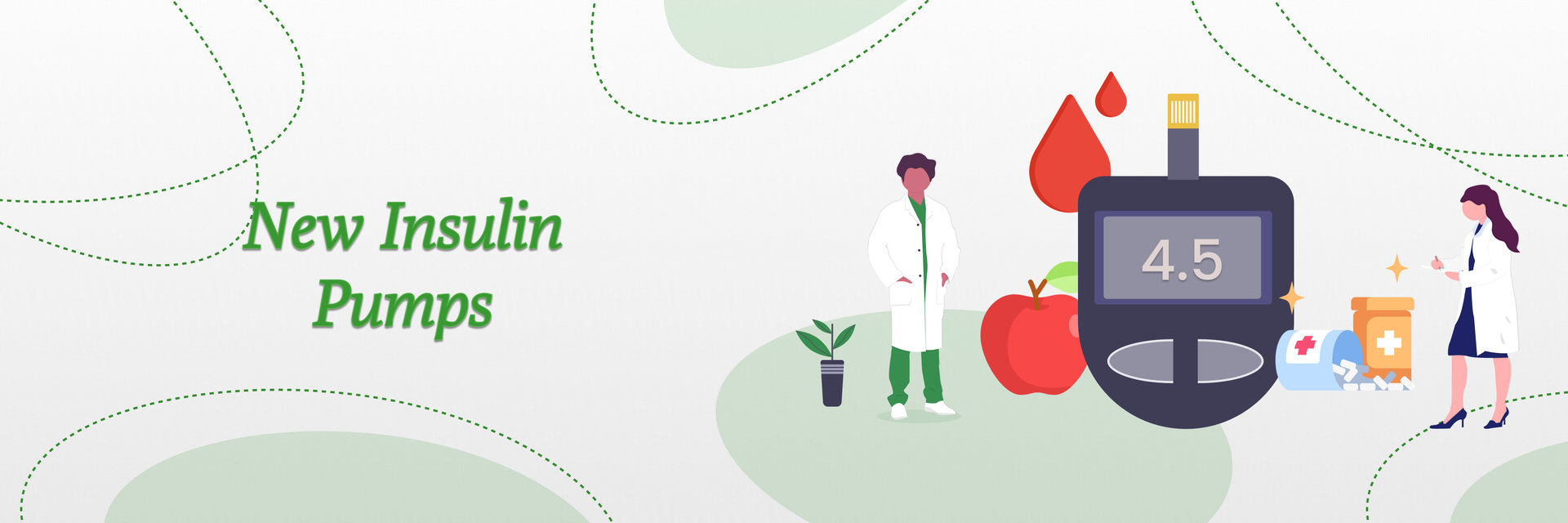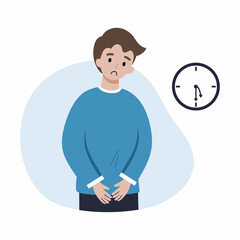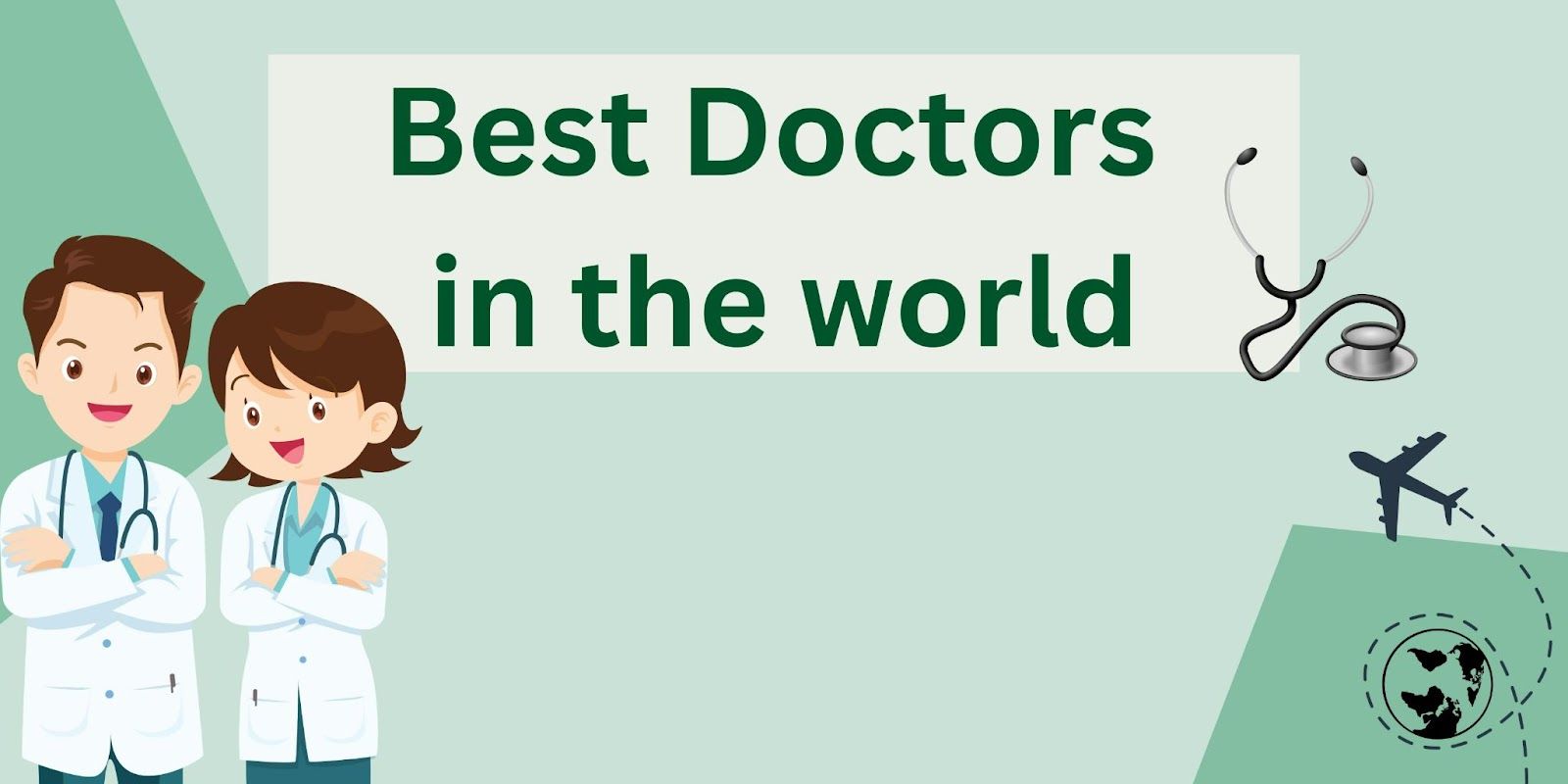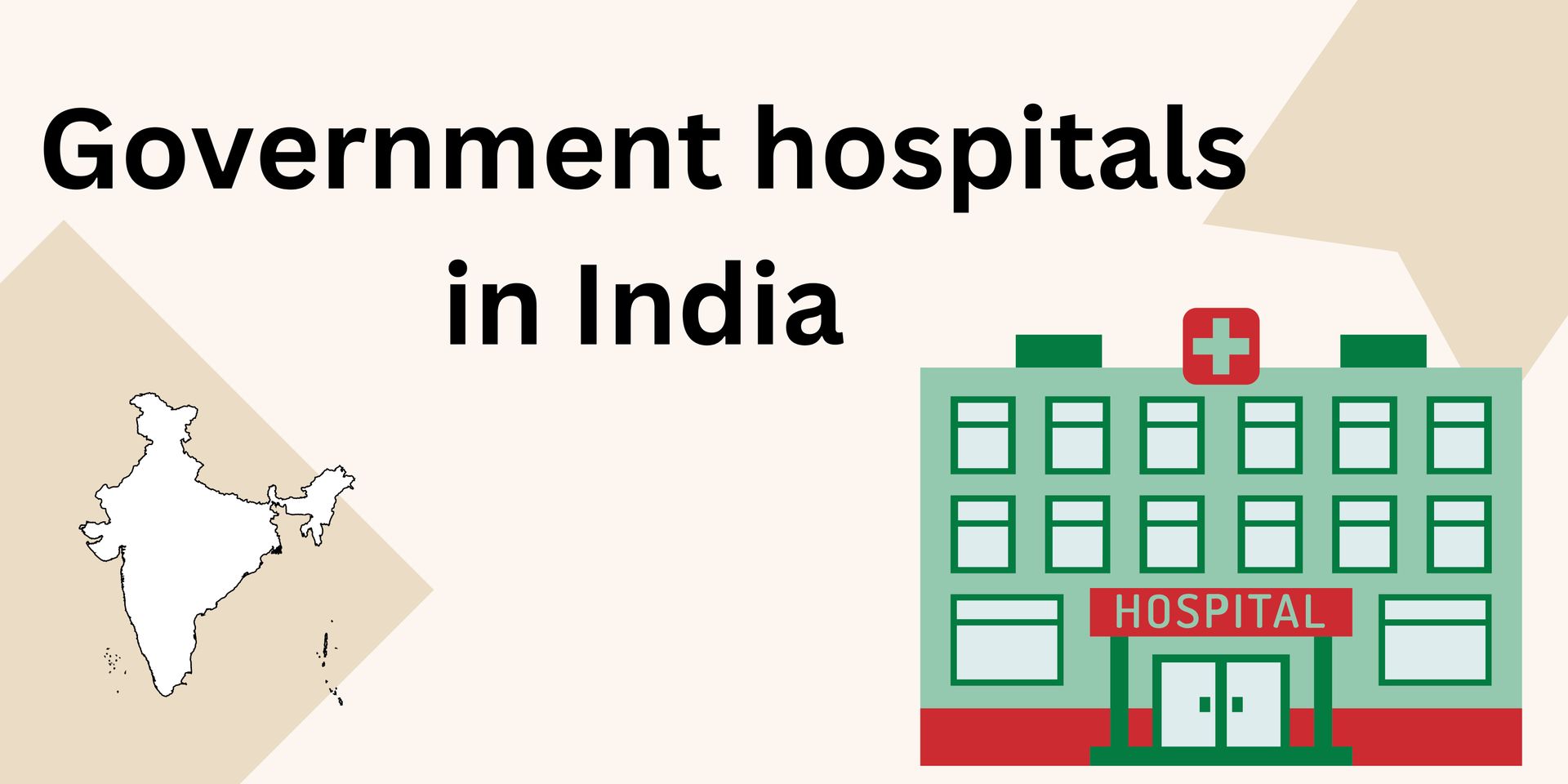Overview
Tendons and ligaments are two of the most important parts of the musculoskeletal system. They may not get as much attention as muscles, but without them, movement would not be possible. Tendons connect muscles to bones, while ligaments connect bones to each other and provide stability to the joints. When these tissues are healthy, they allow smooth movement, strength, and flexibility. But if they are weak or injured, even simple daily activities can become difficult.
Supporting tendon and ligament health naturally is very important, especially for people who exercise regularly, play sports, or are recovering from injuries. Let’s look at some natural ways to keep them strong and help them heal.
Nutrition for Strong Tendons and Ligaments
What we eat has a direct impact on connective tissue health. Certain nutrients are known to support tendon and ligament strength by improving collagen production, reducing inflammation, and helping repair damaged tissue.
A balanced diet with these nutrients gives the body the raw materials it needs to maintain strong tendons and ligaments.
Exercise and Movement
Physical activity is another key factor in supporting tendon and ligament health. However, it’s important to strike the right balance between strengthening exercises and recovery.
- Strength Training – Lifting weights or doing resistance training helps muscles grow stronger. When muscles are strong, they reduce pressure on tendons and ligaments, protecting them from excessive stress.
- Stretching – Gentle stretching improves flexibility, which allows tendons and ligaments to handle daily movements without tearing. Stretching before and after workouts is especially helpful.
- Low-Impact Exercises – Swimming, cycling, and walking keep joints active without placing too much strain on connective tissues. These exercises are especially good for people recovering from injuries.
Regular movement trains tendons and ligaments to adapt and stay resilient, but overtraining should be avoided since it can lead to injuries.
Nutrition and Chronic Diseases: Facts That You Need to Know
In addition to physical healing, proper nutrition plays a critical role in managing chronic diseases like heart disease, diabetes, and hypertension. Patients recovering from these conditions benefit greatly from a diet rich in anti-inflammatory foods and nutrient-dense meals, which can support the healing process and reduce inflammation. Hospitals should integrate nutrition counseling into their care programs, ensuring that patients are not only treated for their conditions but also supported in making dietary choices that promote long-term health. By combining environmental healing and nutritional support, healthcare facilities can create a comprehensive recovery environment that addresses the body’s physical, emotional, and nutritional needs.
Research-Based Compounds for Tendon and Ligament Support
In addition to natural strategies like diet, exercise, and rest, researchers have studied certain compounds that may help promote tendon and ligament healing. Among them, two that have gained scientific interest are TB-500 and IGF-1 LR3.
TB-500
One compound that has been widely studied in research settings is TB-500, a synthetic peptide fragment of Thymosin Beta-4. Preclinical studies suggest that TB-500 may support healing by:
- Encouraging cell migration and tissue regeneration
- Enhancing angiogenesis (formation of new blood vessels)
- Reducing inflammation in injured tissues
In tendon and ligament models, TB-500 has been associated with improved recovery and tissue remodeling. While human trials are limited, early experimental data has made TB-500 a notable subject of interest in regenerative research.
IGF-1 LR3
Another compound being researched for its role in tissue health is IGF-1 LR3 (Insulin-like Growth Factor-1 Long R3). This peptide is known for its role in growth and regeneration. Research suggests it may help by:
- Supporting protein synthesis needed for tissue repair
- Promoting regeneration of damaged tendons and ligaments
- Enhancing recovery in connective tissues and muscles
In experimental studies, IGF-1 LR3 has shown potential in improving the recovery of tissues under stress or injury. Like TB-500, it remains under scientific study, but its early findings highlight the possible role it could play in connective tissue healing.
Rest and Recovery
One of the simplest yet most overlooked aspects of tendon and ligament health is rest. Our bodies repair tissues when we sleep and relax. Without proper rest, even a good diet and exercise routine cannot fully support healing.
- Adequate Sleep – Growth hormone is released during deep sleep, which helps in tissue repair. Adults should aim for 7–9 hours of sleep per night.
- Avoid Overuse – Repeating the same motion again and again without breaks can cause tendonitis or ligament strain. Taking short breaks during physical activity allows tissues to recover.
- Recovery Days – Athletes and gym-goers should include rest days in their weekly routine to give their tendons and ligaments time to heal and strengthen.
Lifestyle Habits for Long-Term Support
Apart from diet, exercise, and rest, lifestyle choices also play an important role in keeping tendons and ligaments healthy.
- Stay Hydrated – Water keeps connective tissues flexible and helps nutrients reach the cells more effectively.
- Avoid Smoking and Excessive Alcohol – Both can slow down tissue healing and reduce collagen production.
- Progress Slowly in Training – Jumping into intense workouts without building a base increases the risk of injury. Gradual progress allows tendons and ligaments to adapt safely.
Conclusion
Tendons and ligaments may not be as visible as muscles, but they are the foundation of movement and stability. To keep them strong, a combination of proper nutrition, regular exercise, adequate rest, and healthy lifestyle habits is essential.
Research on compounds such as TB-500 has added another interesting perspective to the discussion, showing potential in supporting tendon and ligament recovery. While more studies are needed, these findings highlight the growing scientific interest in ways to help connective tissues heal faster.







